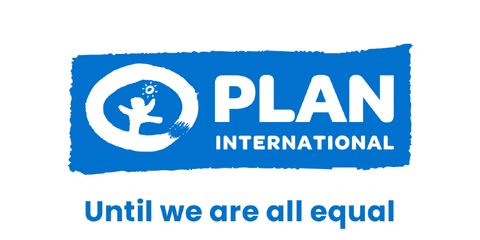Still We Dream
Girls and young people living through conflict.
In 2024, nearly 300 million people will need humanitarian support.
Conflict is one of the major drivers of this need and the impact on civilians – especially on children and young people – is devastating.
They are recruited into armed groups, abducted, attacked in schools and hospitals, subjected to sexual violence and out of reach of humanitarian aid.
Within all this devastation, as our research emphasises, conflict is felt differently by girls and boys, by young women and young men.
About this research
This year’s State of the World’s Girls Report focuses on the experiences of young people whose lives are dominated by conflict.
This research involved a large-scale survey of 9,995 participants from ten countries – Cameroon, Colombia, Ethiopia, Lebanon, Mozambique, Nigeria, Sudan, Ukraine, the Philippines and one country that is unable to be named because of political and operational sensitivities. A further 104 from Ethiopia, Cameroon, Colombia and the Philippines took part in in-depth interviews.
How is conflict different for girls and boys?
We wanted to understand how the experiences of violence, educational disruption, livelihood loss, and emotional distress, brought on by conflict, vary
for girls and young women, boys and young men, and how this will affect their lives in the future.
“After the war, all the girls got married and they have children now. They also stopped learning.”
Aba-Ala, 18, Ethiopia
War affects everyone but it affects them in different ways and this report looks at the gendered dimensions of conflict: emphasising in particular the needs and rights of girls and young women who, in times of conflict, and in times of peace and plenty, are often overlooked.
“Women are more affected. Men are affected too, but women even more so, because
Fatima, 15, Philippines
they are given the responsibility of taking care of small children, and they don’t have anyone to
help them take care of and carry the children whenever they evacuate due to conflict.”
What emerges from this study is how important it is, if support is to be effective, to understand, that different conflicts, context and identities, reveal a myriad of different experiences. Fear is a common thread, as is the struggle for basic necessities but girls and young women report much higher levels of emotional stress.
Key findings
- Young people reported high levels of emotional distress including sleep disturbances (55%) and constant worrying (54%).
- 27% of girls and young women reported sexual and gender-based violence as a constant risk of everyday life.
- 38% of survey respondents reported feeling unsafe or very unsafe with girls and young women (39%) feeling less safe than boys and young men (36%).
Learn more by downloading the full report:
Downloads
Full report
Full Report – English
3.05 mb
Full Report – French
6.21 mb
Full Report – Spanish
6.18 mb
Executive Summary
Executive Summary – English
788.88 kb
Executive Summary – French
769.16 kb
Executive Summary – Spanish
768.61 kb
Technical Report
Technical Report – English
2.59 mb
Action for young people living in conflict
Girls and young people need international bodies, national and local governments, humanitarian agencies and donors to work together and:
- Implement immediate ceasefires and commence meaningful peace talks aimed at lasting peace, ensuring that girls’ and young people’s voices and specific needs are included.
- ݀Stop and condemn all grave violations against children in conflict, including recruitment and use by armed forces and armed groups, killing and maiming, sexual violence, attacks on schools and hospitals, abductions, and denial of humanitarian access.
- ݀Support safe and inclusive education for children and young people, including peace education, funding for the implementation of the Safe Schools Declaration, and alternative learning approaches.
- ݀Target humanitarian aid, making sure girls, boys, and young people have equal access to food, water and shelter, and that services for survivors of violence are prioritised, including for girls and young women.
- ݀Bolster local economies and provide employment opportunities so girls, boys and young people have tailored options, recognising their different needs.
